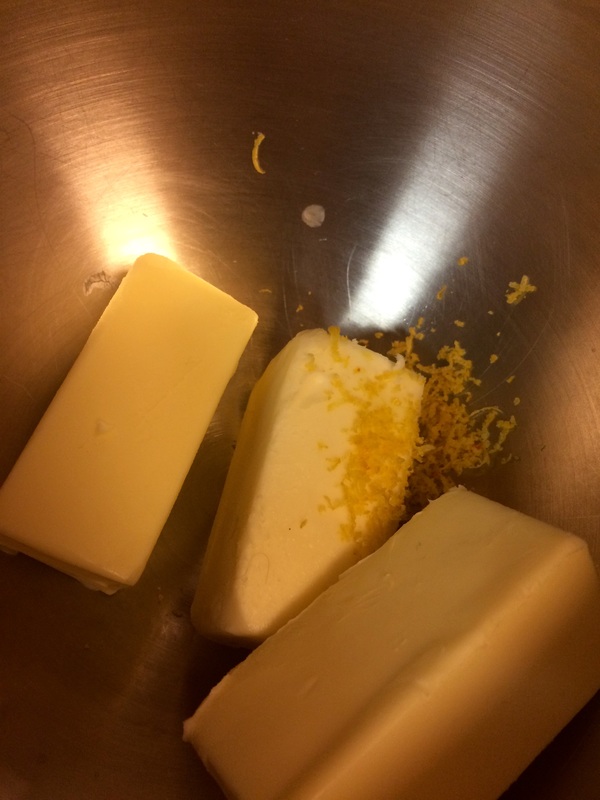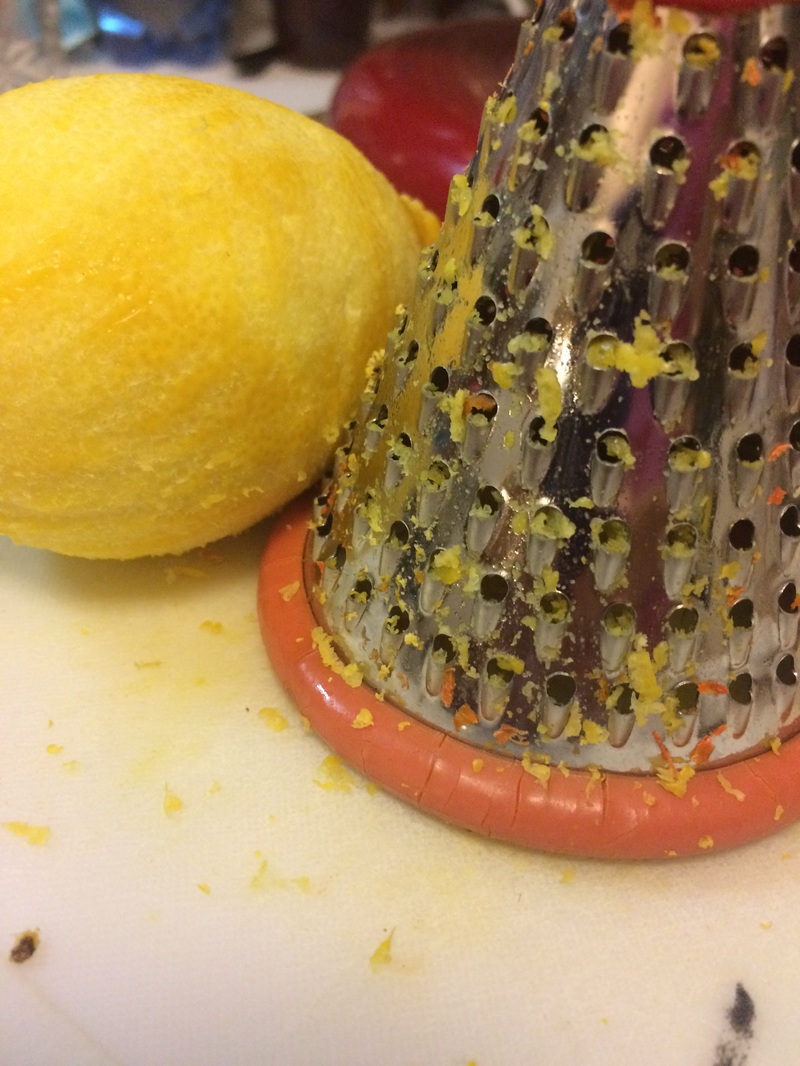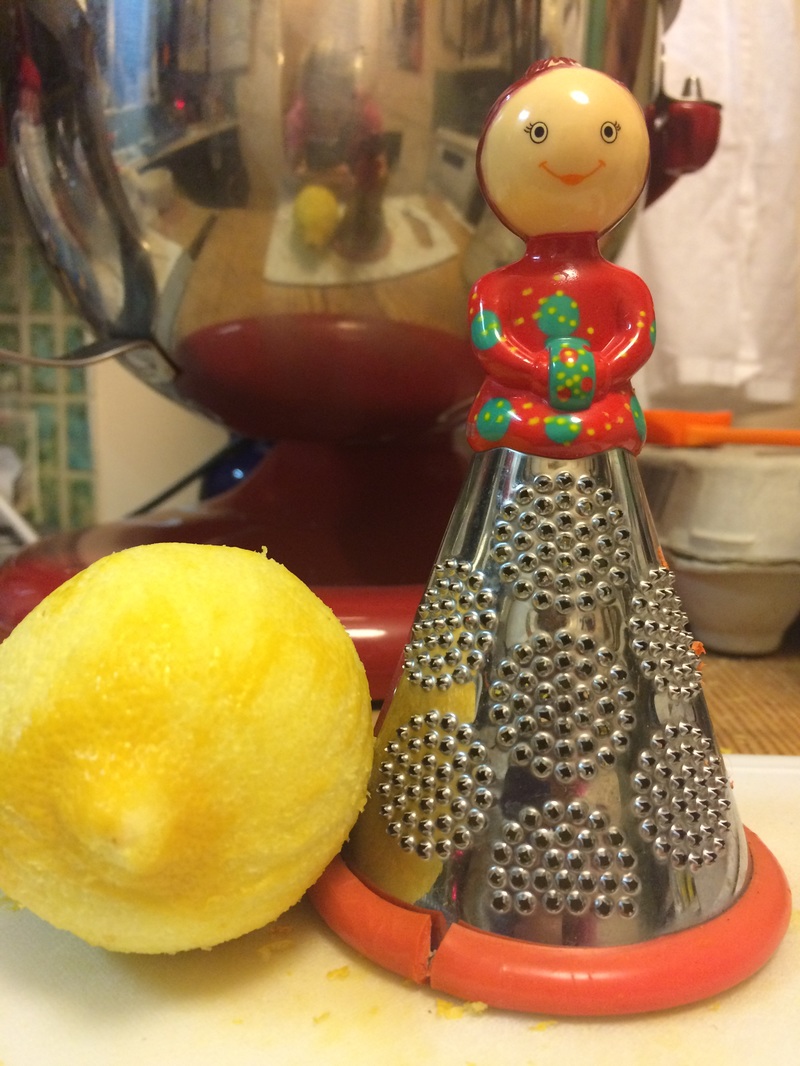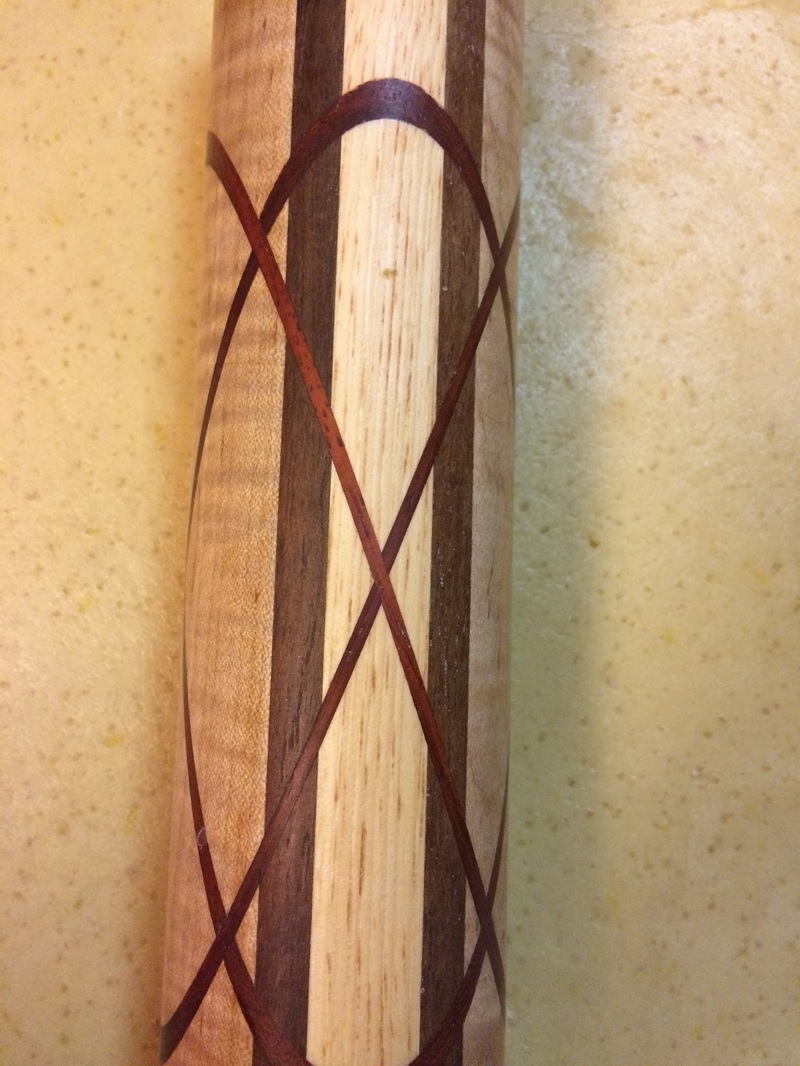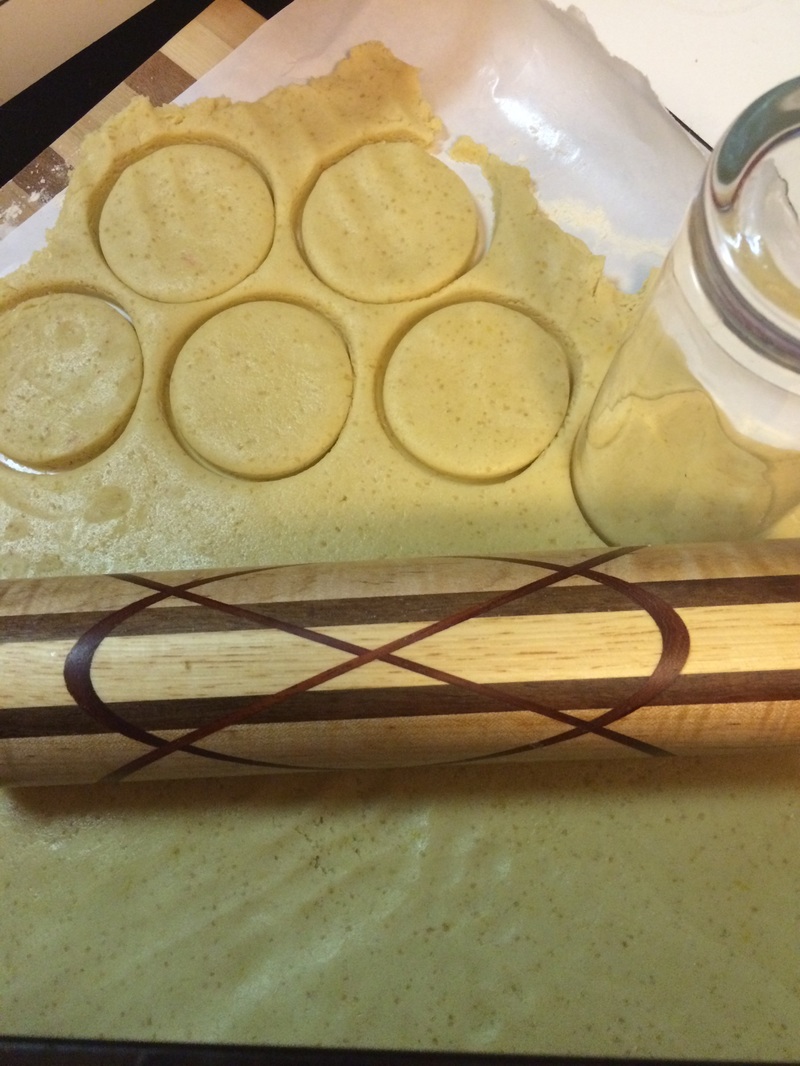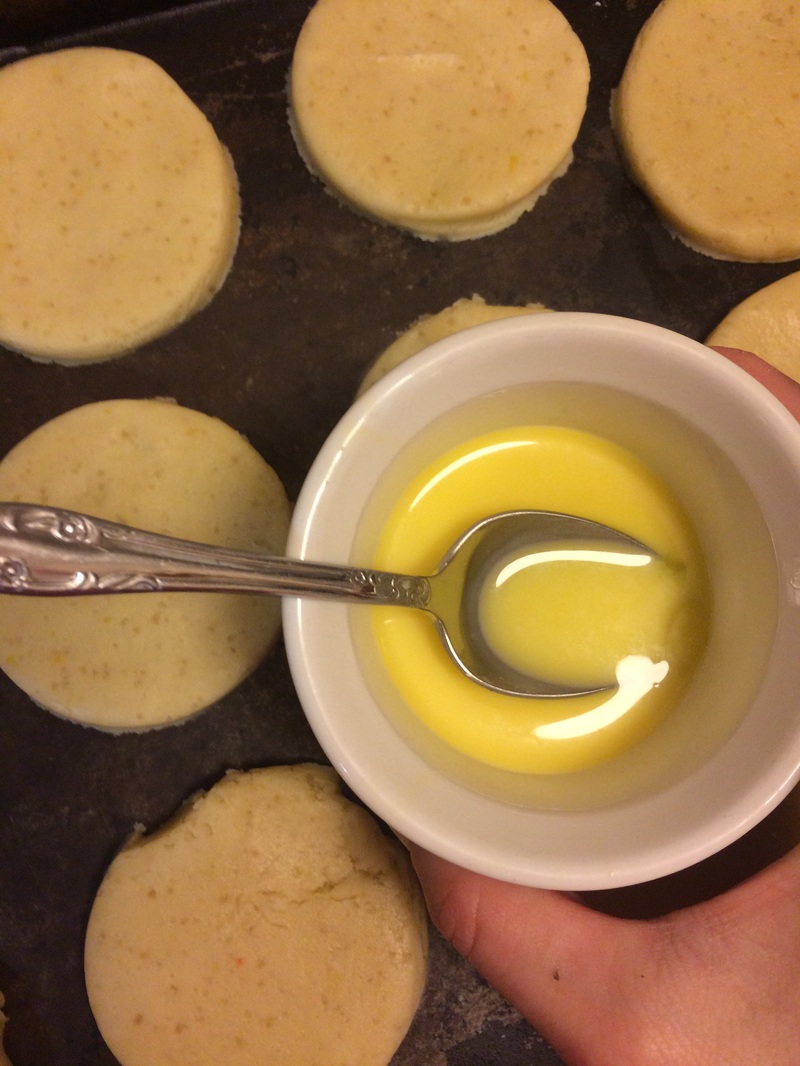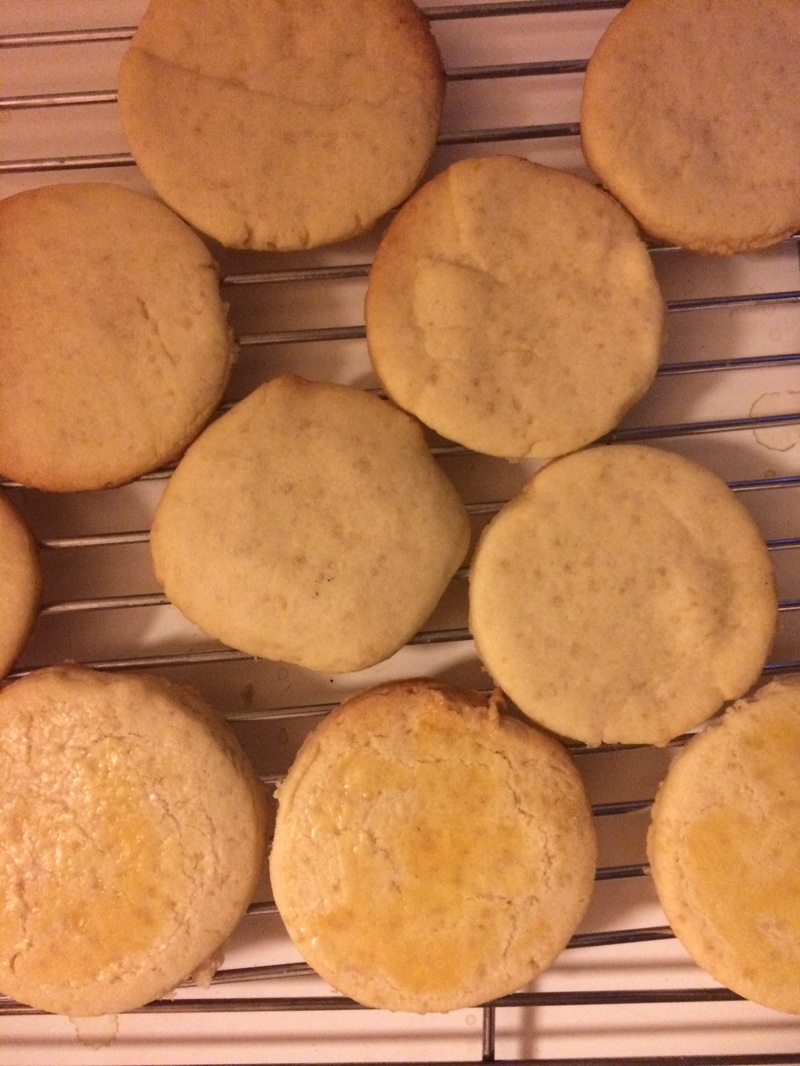Chocolate Cranberry Mole: A Fermented Paste from The Fermentista’s Kitchen. This post will share the recipe for a fermented paste that is sweet, spicy, totally unusual, and utterly delicious. Read on for the full tutorial!

I live very rurally, as many of you know, so when something exciting happens in my neck of the woods, I try my best to go. When I saw that there was a fermenting workshop a mere 90 minutes drive (as in 90 miles) from my home, on a school night, I corralled two of my dear friends to accompany me and attended. The workshop was hosted by the cooperative extension office, which is a fabulous resource. Nationwide, universities have extension offices that basically offer education in a very wide range of topics for free or cheap to adults. The availability of programs ranges widely with some counties having super up to date websites and tons of programs from crafts, food, garden, livestock, health, and more to some little counties with just a few programs and understaffed offices. Your local extension office could be a wealth of Domestic Wildflower-themed information and I encourage you to investigate your nearest office.
The fermenting workshop was particularly interesting to me because fermentation is something I have really wanted to learn more about but was a bit hesitant to try on my own. I made my first batch of sauerkraut this winter with the help of the GoFerment lid (which I love) with great success and our weekly, toddler-requested hot dogs were greatly improved as a result. Beyond that, the realm of zymology got a bit fuzzy for me and in a classic flaw of my personal character, I didn’t experiment further because I only like to do things I am good at.
I was also excited for this workshop because the featured teacher was the authoress of “Fermented Vegetables,” Kirsten Shockey. I thought to myself that I HAD to attend this workshop because when in the heck else would I get to meet a published author of a super rad book, on a topic that is hot hot hot, in my super remote slice of heaven on Earth? Participation was not optional.
Well, my friends and I drove across state lines, got Mexican food to go, and miraculously arrived on time to the workshop.
In the workshop, we learned about the basics of fermentation, saw several different types of recipes prepared, and were enlightened by several pearls of fermentation wisdom including the fact that fermented foods are much higher in vitamins than their unfermented counterparts. This is due to the fact that the vitamins are no longer bound to their cellulose walls once fermented, making the vitamins more accessible to our bodies. Fermented foods are more easily digested and contribute to overall digestive health, and cultures around the world known for longevity and overall good health consume fermented foods.
It is widely stated by the fermenting community (and I could find no evidence to dispute this claim) that no one has ever died from fermented foods. In some ways, fermenting is much easier than you might think because when the good bacteria are overcome, the result is food that you clearly and instinctively would not eat.
Thus, for those of us interested in cooking more at home, eating better, and creating more of what we enjoy, fermenting is a fun and safe avenue full of culinary delights.
At the end of the workshop, we were treated to a sampler of so many cultured foods I could never have tried them all. I personally gravitate towards fruit more so than pickles, and sweet more than savory, so I filled my plate with fermented rhubarb, apple, raisins, and the like, in addition to many delightful and totally unusual krauts and pickled vegetables.
In between sampling, I got to meet the lovely Fermentista herself and I can say without reservation she not only knows what she’s doing but she’s a kind, fun soul to boot. I also learned that I didn’t have to feel like I would never have a chance to meet her ever again because she actually lives in Southern Oregon, so that joke was on me. I am so glad I felt that way, actually, or I might not have rearranged childcare, Heaven, and Earth to attend.
Kirsten was kind enough to share a copy of her beautifully photographed, entirely comprehensive book (375 pages!) for one lucky reader. Remember, the giveaway rewards you for sharing with extra entries for you, so share away!
Enter to win the "Fermented Vegetables" cookbook!

Because of what I learned in the workshop, I felt inspired and excited to try a recipe from Kirsten’s blog for Chocolate Cranberry Mole. I have a real sweet tooth and this sounded weird and delicious and because it pairs with ice cream I was sold. Here is her recipe and I will note where I changed a few things; namely I used frozen cranberries instead of fresh.
Fermented Chocolate Cranberry Mole
1 pound cranberries (I used frozen- let them sit out and soften a bit before processing in the food processor)
1 cup dried cranberries (unsweetened)
1/2 cup dried cherries (unsweetened, and sub in more cranberries if you prefer)
5 tablespoons pasilla chile powder (2 ounces)
2 ¼ teaspoons cocoa powder
¾ teaspoon salt
½ cup fresh orange juice (I used bottled lemon juice and it turned out lovely but I bet orange would have been really good)
Process all ingredients in a food processor until a paste is formed. This ferment will not be wet the way sauerkraut would be and is in fact almost dry.
Press paste into a clean vessel (I used a quart mason jar, though it would have fit in a pint and a half jar), try your best to press tightly so air pockets are removed. Press plastic wrap against the surface and lid with a loose canning lid & ring or another fermenting lid (I used my GoFerment and it worked swimmingly). Allow to sit on the counter and ferment for 7-10 days. Mine sat for 10. You know it is “done” when it has a lemon flavor and a whole new flavor is created. I tasted on day 5, 7, and 10, and I suggest you do the same just so you can taste how it changes. It is remarkable how it just happens overnight. Fermentation is magic, my friends, and Kirsten the Fermentista is a wizard.
Lid and store in the fridge with a round of wax paper atop the ferment, or store in a container just the right size for the amount of mole.

I served this with homemade vanilla ice cream made with homemade vanilla extract and together it is the perfect combination of spicy hot, chocolate and fruit, cool sweet, creamy and piquant. If you like Mexican Hot Chocolate cake, you’d love this ferment. Next, I want to try it on cheesecake 🙂

Oh, and it is THE most beautiful shade of red. No wonder it was featured at Valentine’s Day ferment.
Enter to win your copy of “Fermented Vegetables” here!
Enter to win the "Fermented Vegetables" cookbook!





